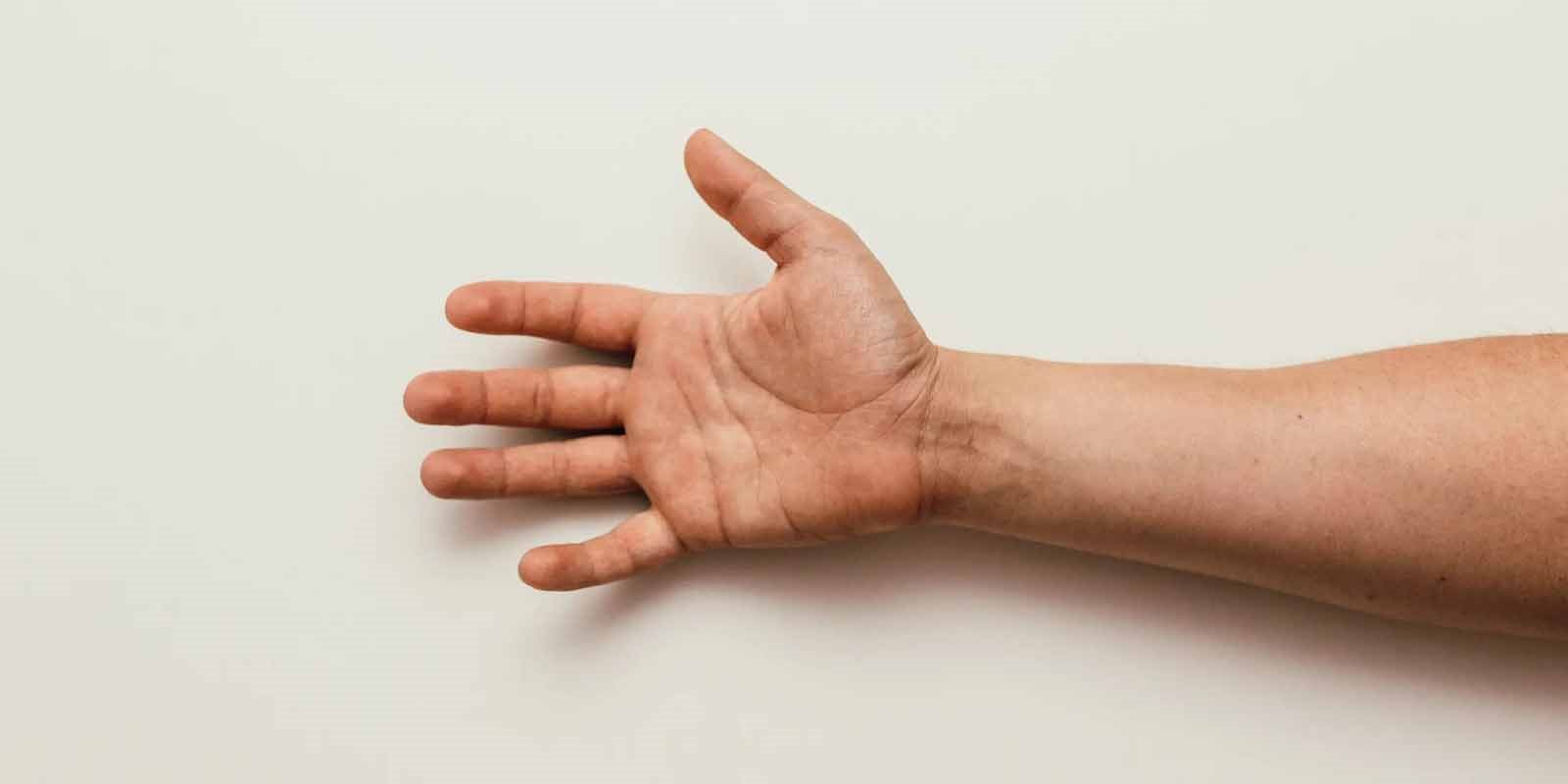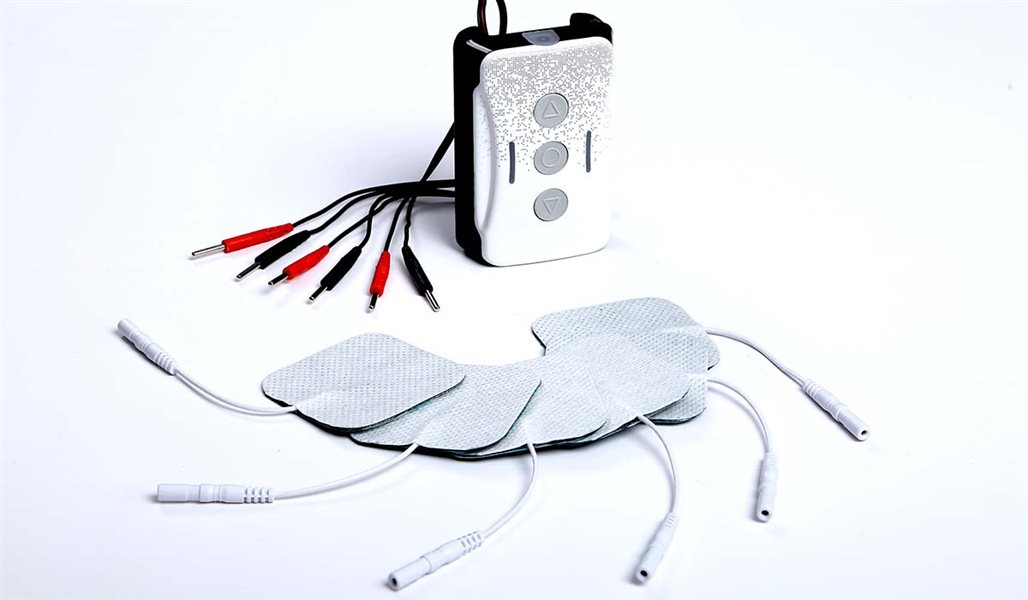
What is Spasticity
Spasticity is a condition in which there is an abnormal increase in muscle tone or stiffness of muscle, which might interfere with movement, speech, or be associated with discomfort or pain. Spasticity is usually caused by damage to nerve pathways within the brain or spinal cord that control muscle movement. It may occur in association with spinal cord injury, multiple sclerosis, cerebral palsy, stroke, brain or head trauma, amyotrophic lateral sclerosis, hereditary spastic paraplegias, and metabolic diseases such as adrenoleukodystrophy, phenylketonuria, and Krabbe disease. Symptoms may include hypertonicity (increased muscle tone), clonus (a series of rapid muscle contractions), exaggerated deep tendon reflexes, muscle spasms, scissoring (involuntary crossing of the legs), and fixed joints (contractures). The degree of spasticity varies from mild muscle stiffness to severe, painful, and uncontrollable muscle spasms. Spasticity can interfere with rehabilitation in patients with certain disorders, and often interferes with daily activities.

Spasticity Reduction
in terms of reducing spasticity, improving muscle strength and motor recovery, NErveaide modern rehabilitation devices can help patients regain their mobility and function such as walking, grasping etc.




